My nursing career began a year and a half ago, August 2017. I was fresh out of nursing school and took a position as a Registered Nurse on a surgical floor in a university hospital. As my orientation to this new role began, I felt all the emotions that we were taught would happen. As a “novice nurse” I felt overwhelmed, task-oriented and exhausted. In order to attempt to plan out my day, I made a check-list for each patient at the beginning of my shifts. This list consisted of their medications, their important “orders”, tests/procedures and hourly rounds. I got in the habit of making sure each box was checked for each patient in order to feel accomplished and settled enough to go home. I still continue this habit, as it helps me stay organized throughout my busy days, but it now has deeper meaning than just completed tasks.
I began to realize the extent of my learning and the symbolism behind each of these checkboxes as I began my first week of precepting a new-to-practice nurse. As I shadowed her and reviewed her documentation, I continued to circle back to her missed hourly rounds. As I answered her questions and guided her through certain tasks, I had to constantly remind her of the importance of checking in on each of her patients at least every hour. I could tell she was overwhelmed, as I once was felt, by the need to squeeze in time to see each patient as she ran around completing other tasks and requests from patients, physicians, pharmacists and management. Finally, when we sat down at the end of one of her shifts, I began to point to the hours that had passed between “laying eyes” on some of her patients. I explained that it wasn’t about checking a box and documenting it for legal reasons, but that it extended beyond that. I shared this story with her:
It was the end of an incredibly hectic day and I was heading to the end of the hallway to give one of my patients his last medication of the shift. I walked into the unlit room and whispered his name to try and wake him softly. I then spoke a little louder and lightly tapped his shoulder with no response. I began to shake him and still nothing. I flipped on the light and couldn’t see his chest rising. I began to sternal rub him and yelled for help. He soon lost a pulse and we began CPR. We were able to revive him and intubate him, but he died a few weeks later. I walked out of that shift flustered and confused. My colleagues told me I had done nothing wrong, but I still felt like I had missed something. As I processed the day and my interactions with this man, the only thing that gave me peace was that I had seen him breathing 30 minutes prior. I had rounded on him hourly and had seen him alive and mentating without issues.
Giving context to this task, created a deeper meaning for myself and for the nurse I was precepting. As I shared my story, I began to realize how impactful that event was to me and how important these rounds had become. The information collected on the last hourly round before the emergent event is pertinent when discussing proper treatment and prognosis with the physician, respiratory team and nursing supervisors. It also is important in the nurses healing story after the event. The healing that took place within me, after this first emergency, was directly connected to the image and time that I had last seen that patient alive.
Sharing this experience with this new nurse not only gave her a greater appreciation for this simple, mundane and often overlooked task, but it also helped me reflect on my work since those events. It was important for me to share this story and the lessons I learned with this nurse, in hopes that we could both remember the deeper meaning behind those checkboxes. In organizational life, it is easy to get caught up in the “day-to-day work” and forget about the reasons and meaning behind those tasks. I found that in teaching and sharing, I was able to grow in new ways and appreciate the progress I have made since I began. In questioning the established “work-arounds” that were created by our unit culture in regards to hourly rounds and in opening up about my own experience, I was able to give meaning to this regulatory requirement that had lost itself. A task that has the potential to keep our patients safer and our nurses healed.
